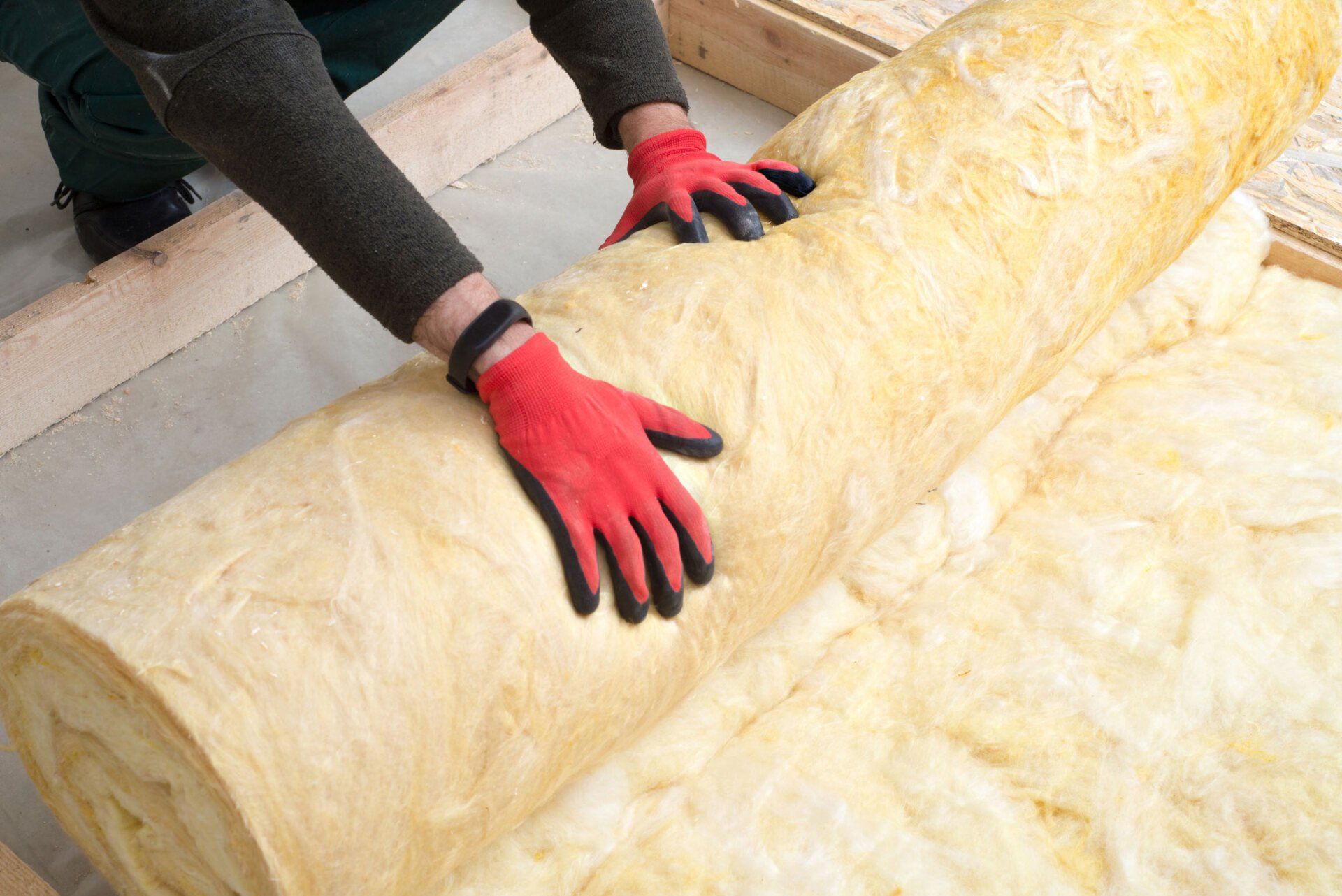Fireproofing, also known as, passive fire protection products, are designed for steel and concrete buildings or structures. This strategically applied product helps prevent or delay building failure in the instance of a fire. Our certified team begins by examining the structural members to ensure that each is insulated, which is key to promoting integrity even during a fire. With decades of experience McGill Asbestos Abatement, LLC has the knowledge, skills, and equipment to apply fireproofing treatments to all property sizes from commercial to industrial. If you need fire-resistant insulation in Nebraska or Iowa, call our Omaha, NE based experts at 402-731-7171 for a free estimate.
Fiberglass
Fiberglass is the most common insulation type for new or modern structures. Comprised of small strands of recycled glass and silicone, it is a material designed to decrease the transfer of heat. This material is hazardous to handle, which is why our building safety professionals are fully equipped for safe application. This non-flammable material ranges from R-2.9 to R-3.8 per inch. Not only is fiberglass insulation dependable, but it is also affordable.
Mineral Wool
Mineral wool can be created out of recycled glass, rock, or slag from steel mills. The most popular type of mineral wool in our area is slag wool. This insulation is not fire resistant to extreme heat but it is non-combustible. When used with other fire-resistant materials, mineral wool can be a good consideration for large open areas.
Intumescent
Intumescent is a chemical product designed to create a barrier that protects the underlaying material from heat. When the binder is exposed to heat it will soften and present the chemicals to the heat. Then, the chemical reaction releases vapors that transform into a foam. Carbonation, then, solidifies the foam into char. This material is painted onto structures.








